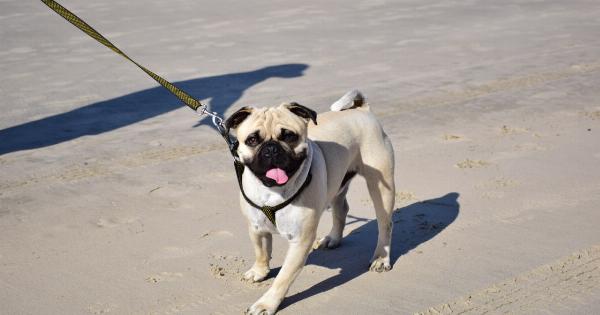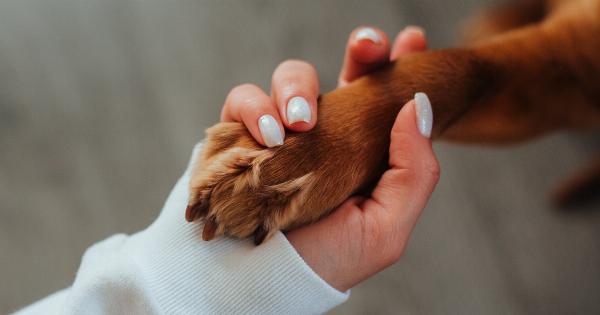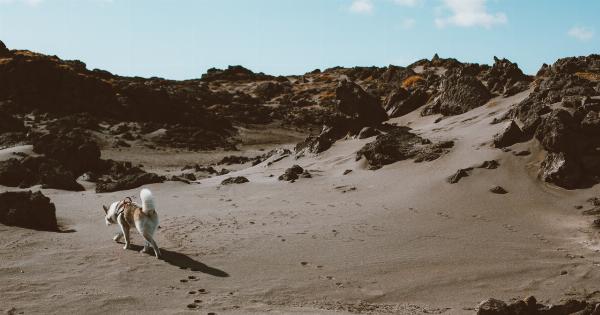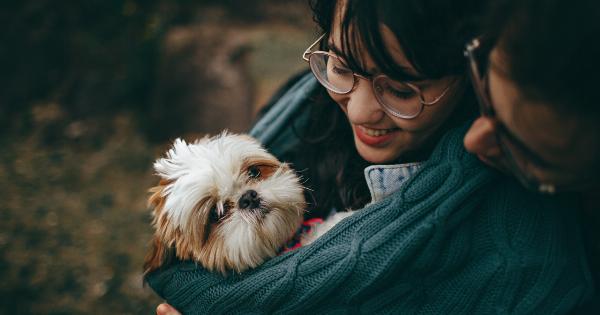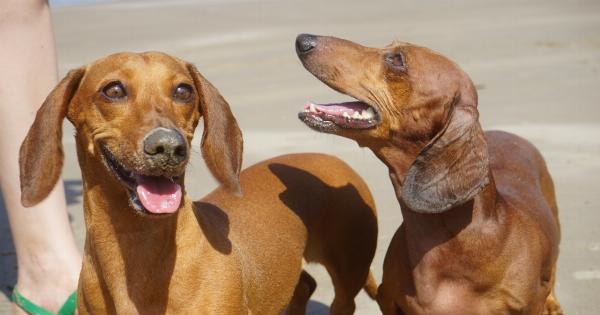Canines, also known as dogs, are beloved pets and loyal companions to millions of people around the world. They communicate their emotions and intentions through various channels, including body language and vocalizations.
One crucial aspect of canine communication is their facial expressions, which can reveal a wealth of information about their current mood, needs, and intentions. In this article, we will explore the four primary facial expressions of canines and delve into the meanings behind them.
The Happy Expression: A Dog’s Smile
When a canine is happy and content, their face often displays a smile-like expression. This joyful expression is characterized by several indicators. Firstly, their eyes soften, and you may notice a gleam in them. They might also squint slightly.
Secondly, their mouth opens wide, often revealing their tongue, and their lips pull back to form what is commonly referred to as a “doggy smile.” Lastly, their ears may be relaxed or slightly raised.
The Fearful Expression: Wide Eyes and Tense Features
When a dog is feeling fearful or threatened, their facial expression changes drastically. Fear can be seen in their eyes, which widen considerably. Their pupils dilate, indicating heightened arousal and a flight-or-fight response.
Additionally, their facial features might appear tense, with their forehead wrinkling and their ears pinned back against their head. A fearful dog may also bare their teeth, but this should not be misinterpreted as aggression, as it is simply a sign of anxiety.
The Aggressive Expression: Snarls and Bared Teeth
Aggression in canines is often communicated through their facial expressions. When a dog adopts an aggressive posture, their eyes take on a piercing, intense look.
Their facial muscles tighten, causing their lips to curl or wrinkle, revealing their teeth in a snarl. Their ears are usually erect and pushed forward, displaying dominance. It is essential to approach a dog displaying aggression with caution as they are indicating a potential threat.
The Relaxed Expression: A Calm and Content Dog
When a dog is in a relaxed state, their facial expression is relatively neutral, but there are subtle signs that indicate their calmness. A relaxed dog will have soft, gentle eyes with a minimal number of wrinkles on their forehead.
Their mouth will be closed or slightly open with their tongue inside. The muscles around their mouth and ears will be loose, emphasizing their overall tranquility. Understanding a dog’s relaxed expression is crucial for reading their emotional state and providing the necessary care they need.
Conclusion
Canine facial expressions offer us a fascinating insight into their emotions, needs, and intentions.
By understanding the four primary facial expressions of canines – the happy expression, the fearful expression, the aggressive expression, and the relaxed expression – we can better communicate with our furry friends and respond to their needs more effectively. Remember, observing a dog’s facial expressions should always be done in context, considering their body language, vocalizations, and overall behavior to gauge their emotional state accurately.



















